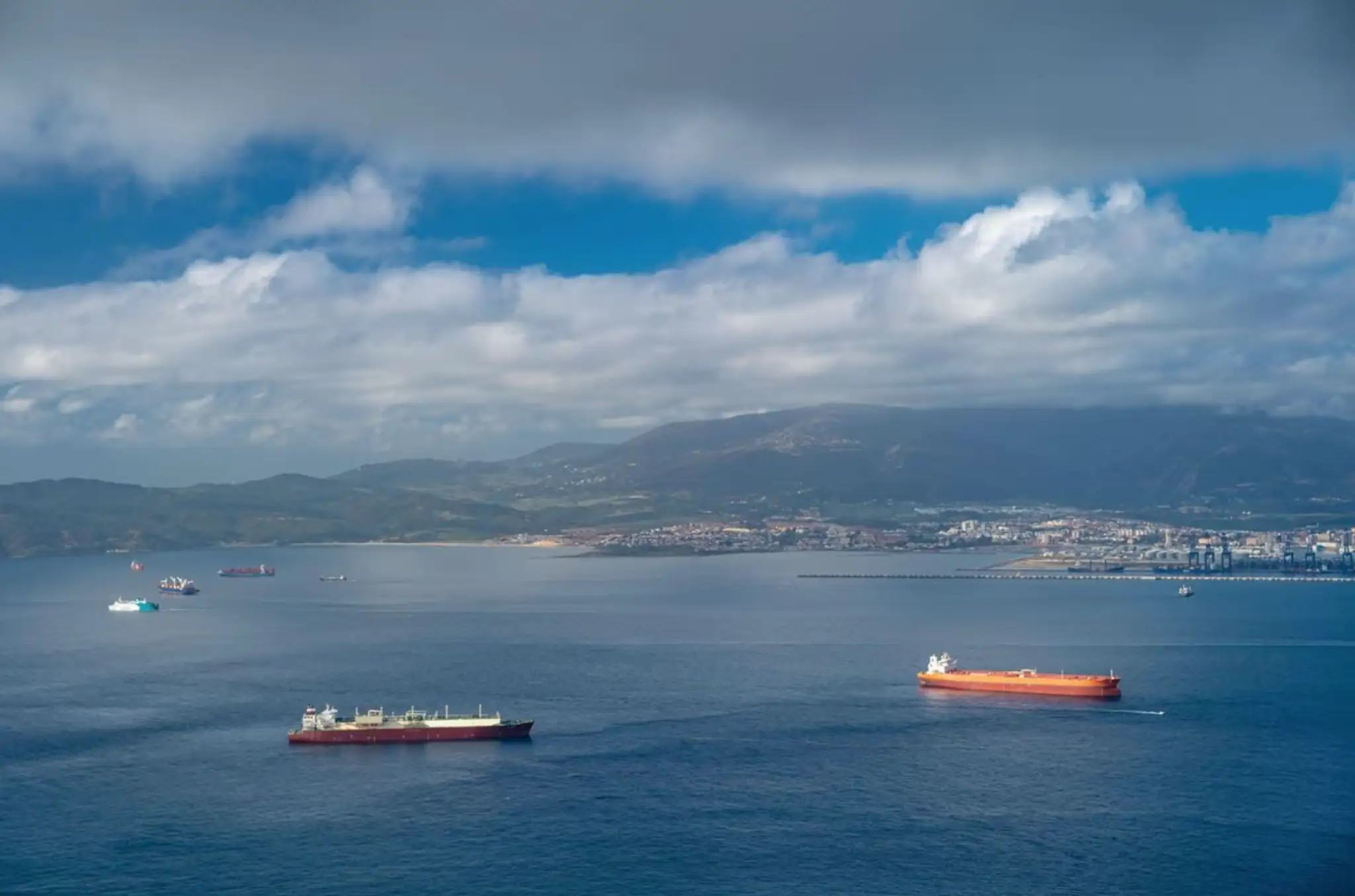The Amazon is known worldwide for its importance in natural, economic, and cultural resources. In order to also draw attention to the relevance of the Brazilian maritime space, the Brazilian Navy adopted the term “Blue Amazon”, to surf on this recognition of the rainforest.
The Brazilian coastal zone is diverse and represents about 20% of the national GDP. The artisanal fishing sector alone employs about one million people, in addition to jobs in the tourism, ports and transportation sectors. However, the marine economy has little investment compared to agribusiness, whose contribution to GDP is slightly greater than marine, but has high greenhouse gas emissions.
Brazil has the second-largest expanse of mangroves in the world. These systems are essential for mitigating climate change, preserving biodiversity, maintaining fish stocks and replanting degraded areas, which can contribute to carbon sequestration and storage.
The Brazilian coast also has significant potential for renewable energy generation, including wind, solar, ocean current and wave energy. Although Brazil is a signatory to international agreements for sustainability, such as the Paris Agreement, it has taken contradictory steps by auctioning several marine areas for oil exploration. Also, the application for licenses for oil exploration in a deep area adjacent to the coral reef at the estuary of the Amazon River has led to internal conflicts and disagreements within the Federal Government.
CO₂ and plastics.
Oil burning is one of the main causes of the increase in the concentration of carbon dioxide (CO₂) in the atmosphere, which affects the global climate and ocean temperature. This can aggravate extreme events, which derive from El Niño and La Niña, such as droughts, very heavy rains with floods and other natural disasters.
The ocean produces most of the oxygen available in the atmosphere, provides food, regulates the world’s climate, inspires culture and spirituality, generates employment, is home to unique biodiversity, is a source of medicinal substances and the means of transport for more than 85% of international trade in goods. Yet, its sustainability is threatened by CO₂ emissions and the production of another ubiquitous pollutant: plastic.
Plastic is a low-cost material that in recent decades has come to be used worldwide on a massive scale. Global plastic production exceeded 460 million tons in 2019, and less than 10% was recycled. Plastic production generates more than 3% of global greenhouse gas emissions, which exceeds Brazil’s emissions and contributes to climate change. Plastic pollution already causes damage to marine life, fisheries and tourism, with a global cost of at least 8 billion dollars annually in damage to marine ecosystems.
In South America, Chile and Uruguay are the countries leading the way in public policies to reduce single-use plastics. Meanwhile, in Brazil, the issue is not on the agenda of the national Congress. For more than 15 years, a bill to regulate the use of plastic bags has been awaiting action by deputies, in addition to dozens of other bills on the problem.
On the other hand, the Incentive Plan for the Plastics Chain (PICPLAST), an initiative of the largest resin producer in the Americas and the Brazilian Plastics Industry Association, has already invested 20 million reais in actions and programs for training and improving the image of plastics.
A study commissioned by PICPLAST showed that only 23% of post-consumer plastic waste in Brazil was recycled in 2020. Brazil is the world’s fourth-largest producer of plastic waste and has generated more than 11 million tons per year.
A policy change towards the circular economy for plastics is key to overcoming contamination. In addition to reducing costs in social and environmental damage, it can bring economic benefits, strengthening the entire recycling chain and creating employment and business opportunities, especially for those who adapt quickly and embrace change proactively.
Microplastics
Primary microplastics, up to 5 millimeters in size, are intentionally produced and added to consumer products, and almost always become contaminants. Everyday products such as toothpaste, scrubs, makeup and nail polish can contain up to 90% microplastics. These particles are responsible for some of the pollution of the oceans.
The increase of microplastics in nature poses a threat to human health and biodiversity. In water, these particles can harbor pathogens and increase the spread of disease, as well as enter the food chain when they reach our food.
Primary microplastics are pollutants that can no longer be manufactured. This, though, requires a commitment to public policies and sectoral agreements, in order to eliminate their intentional addition to consumer products and thereby prevent them from leaching into nature as pollutants.
The global triple crisis, which includes the climate crisis, biodiversity loss and pollution, requires coordinated global measures, encompassing actions to reduce greenhouse gas emissions, protect ecosystems and biodiversity, and invest in sustainable technologies and change pollution.
In June, some 2,000 global sustainability scientists and entrepreneurs will gather at the SRI2023 Congress to discuss practical solutions and actions for implementing sustainability.
*Translated from Spanish by Micaela Machado Rodrigues











